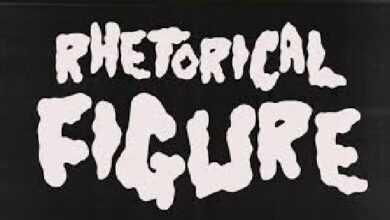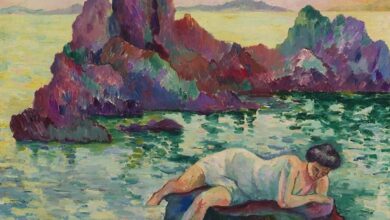Primary and Secondary Colors tertiary and Complementary Colors
Primary and Secondary Colors
In this article we will provide you the information about the Primary and Secondary Colors.
Primary colors
Primary colors are pure colors , that is, they cannot be created from the combination of other colors. The primary colors are: yellow , red (magenta) and blue (cyan) .
From the primary colors it is possible to make all other colors, with the exception of white which is not a true color. Mixing primary colors generates secondary colors: green, orange, and purple.
Finally, we still have the tertiary colors, which are formed by mixing a primary color with a secondary color.
Core primaries
There are only three true colors, red, yellow and blue. They are considered primary because it is not possible to make them from the mixture of other colors.
Primary colors of light
Unlike the primary colors of pigments, the primary colors of light (additive system) are red , green , and blue .
This set of colors is commonly known as RGB ( Red , Green and Blue ) and, when combined, are capable of producing the visual sensation of other colors.
The color white, for example, can be formed when all three primary colors of light are combined together. The RGB color system refers to objects that emit light, such as computer monitors, televisions, cell phones, digital cameras, etc.
Secondary colors are orange, purple and green. They receive this denomination since they arise from the union of two primary colors, mixed in equal proportions.
This is the traditional way of understanding the relationship between colors, developed some time ago by the artist Leonardo da Vinci, the scientist Isaac Newton and other scholars.
Secondary colors: mixing pure colors
The secondary color, according to the traditional classification, is the one resulting from the mixture of pure colors (the so-called primary colors).
Thus, we have this scheme to form secondary colors:
- blue + yellow = green
- Yellow + red = orange
- Red + blue = purple or violet
The chromatic circle and its 12 colors
The chromatic circle, or color circle, is formed by twelve colors (integrating the primary, secondary and tertiary), which are divided into blocks of cold colors and warm colors.
Primary, secondary and tertiary colors: possibilities in color formation
Still according to the color circle, there are three chromatic classifications. Depending on the color mixture that is made, we have new colors as a result.
Primary Colors : these are the so-called “pure colors”, which do not arise from others: red, yellow and blue.
Secondary Colors : arises from the union of two primary colors: green (blue and yellow), orange (yellow and red) and purple or violet (red and blue).
Tertiary Colors : derived from the union of a primary and a secondary color: purplish-red (red and purple) and orange-red (red and orange); yellow-green (yellow and green) and yellow-orange (yellow and orange); blue-purple (blue and purple) and blue-green (blue and green)
Complementary Colors: creating contrast between two colors
Complementary colors are those that have the greatest contrast to each other. Therefore, in the chromatic circle, the complementary color is located at the opposite end of the corresponding primary color, thus forming pairs of colors that complement each other.
In this way, we can identify as complementary colors:
- blue (primary) and orange (secondary);
- red (primary) and green (secondary);
- yellow (primary) and purple (secondary).
Note that primary colors have a secondary color as a complement, and vice versa. Tertiary colors have another tertiary color as a complement.
Color Temperature: What are warm and cool colors?
Another important classification is related to the tones and sensations that certain colors cause: the so-called “Color Temperature”.
Thus, it was established that the colors that convey a sensation of heat, that is, those that are related to fire, are called warm colors . They are red, orange and yellow.
On the other hand, colors that are related to sensations of cold are called cold colors : blue, green and violet.
Neutral colors, on the other hand, are those that do not convey sensations of heat or cold, as they have little reflection of light, for example, grayish, brown and pastel tones.
The Theory of Colors created in the Renaissance
Since antiquity, colors are elements that sharpen curiosity. According to the Greek philosopher Aristotle (384 BC-322 BC), color represented a property of objects and its spectrum was formed by six of them: red, green, blue, yellow, black and white.
During the Middle Ages and the Renaissance, other theories about the existence and concepts of colors emerged.
It was in this context that a theory opposed to that of Aristotle emerged. It was the “Theory of Colors”, created by the Italian artist Leonardo da Vinci (1452-1519) and the English physicist Isaac Newton (1643-1727).
According to the Renaissance painter, color is not a property of the object, as it is closely related to light.
Da Vinci developed this new method, called RYB ( red, yellow and blue ). This study of colors gave rise to the chromatic circle and the understanding that by mixing colors we can form new chromatic palettes.



